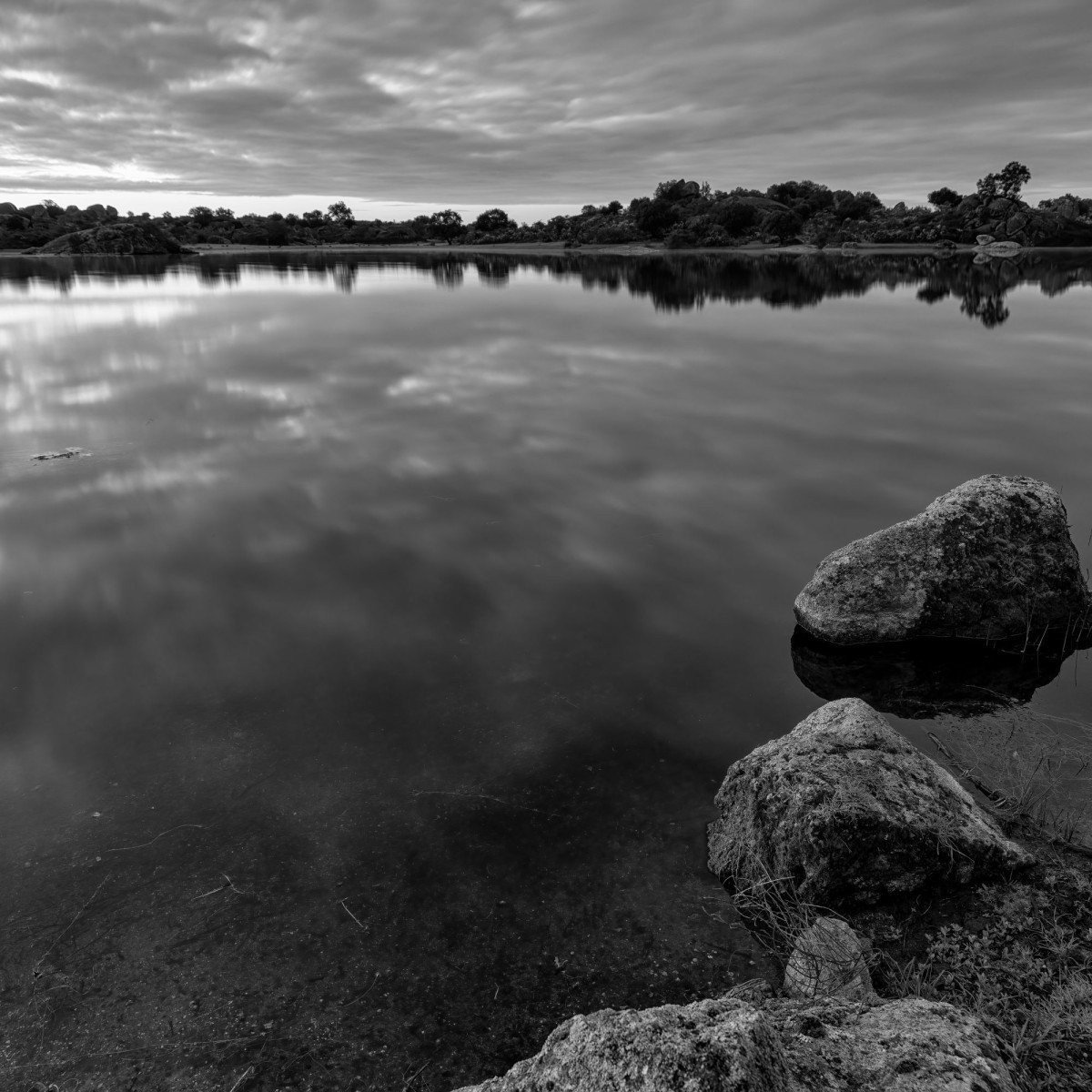I remember the first time I held my grandfather’s rusted camera. My small fingers gripped the peeling leather, while my eyes were drawn to the captivating scene that lay beyond the glass lens. Have you ever been enticed by a landscape photo that felt almost three-dimensional? The secret, my friends, is adding depth with foreground elements.
An interesting statistic: Over 50% of beginner photographers often neglect the significance of the foreground. Let’s change that. As landscape photographers, we should see the world not in a linear fashion, but with depth and layers.
Understanding the Role of Foreground
Imagine you’re standing on a vast, sandy beach. Your eyes dance around the velvety blue ocean, then fall on the crisscrossing footprints on the sand close to you. This, dear reader, is the element of foreground. It’s the ‘stage’ on which the ‘performance’ of your photo unfolds. It draws viewers into the shot, creating an incredible sense of depth.
It’s like when you tell a story, you don’t just shoot straight to the point, right? You develop a context, you build up the ambiance. Foreground is the charming introduction that sets the tone for the rest of your narrative.
Techniques to Highlight the Foreground
Now, how does one capture this introductory piece, you ask? Well, here’s where a bit of technique comes into play.
Firstly, select an element that stands out. Recall, our footprints on the beach? Those curves and dips not only add visual interest but guide your viewer’s eye towards your main subject. Foreground doesn’t have to be grand or intricate. Often, less is more. A bunch of wildflowers, a gnarled tree root, or a lone rock can serve as compelling foreground elements.
You see, like a great book that you can’t put down, a photo should guide the viewer’s eye through its landscape, telling a captivating story. This leading lines photography can make a world of difference in the impact of your images.
Playing with Depth of Field
Secondly, master the depth of field. Want your foreground crisp clear and the background as a soft blur? Wide-aperture is your ally. But if you want everything from the foreground to the background sharp, then narrow-aperture is the way to go. It’s like switching between being lost in thought and hyperaware of your surroundings.
Remember, there’s no hard and fast rule. Photography is an art, and you’re the artist here. Go ahead, experiment with the depth of field until you find what sings to your creative spirit. Now I’ve seen a lot of photos with fantastic foregrounds ruined by an inappropriate choice of focus. Don’t fall into this trap. Use Manual Focus to ensure your foreground element is in sharp focus.
The Element of Surprise
Finally, and this is something I find utterly exhilarating – the element of surprise. Frame your shots in a way that the audience does not expect. It could be intriguing textures or unexpected objects, maybe even in your own backyard!
Doesn’t that elevate the mundane to something truly magical? As Ansel Adams once said, ‘A great photograph is knowing where to stand.’
Embrace the Foreground Elements
So, are you ready to explore the possibilities that the foreground holds for your landscape shots? It’s a charming world out there, and foreground elements just make everything ‘pop’. First step, remember, grab a camera and view the world beyond just the surface. You’ve got this!


0 Comment